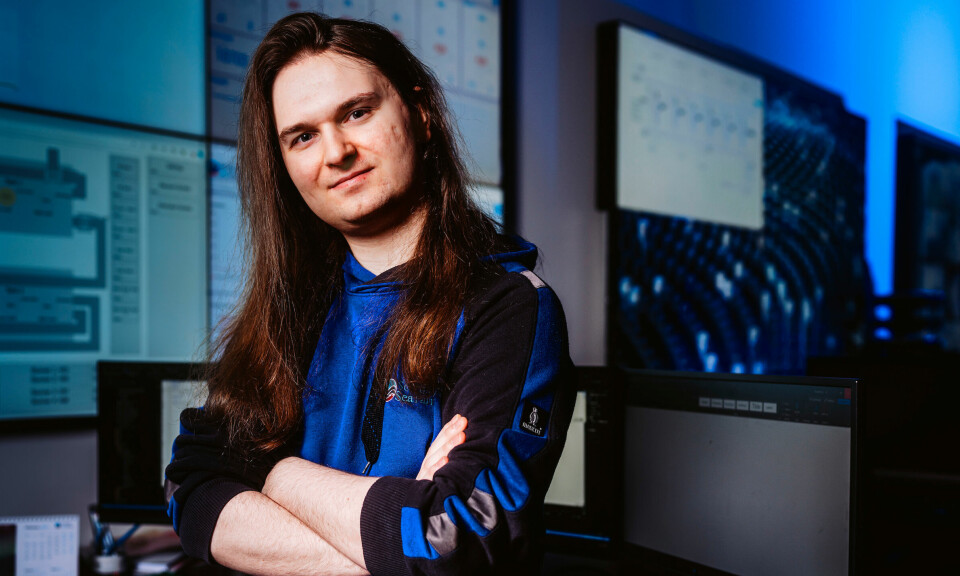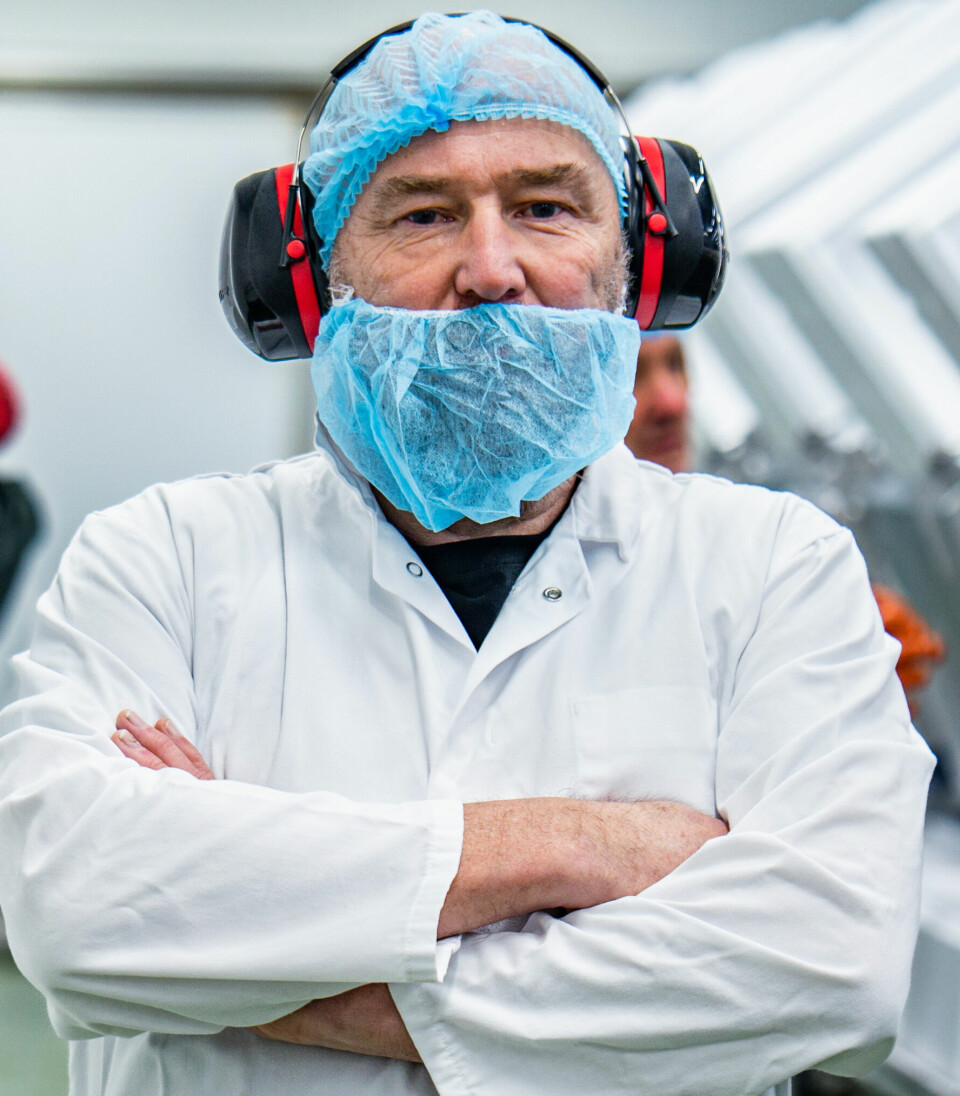
Salmon tech team given a plug
Efficiency-enhancing monitoring system wouldn’t have been possible without in-house experts says Scottish Sea Farms processing chief
Information technology experts working for Scottish Sea Farms have been lauded for creating a system that gives managers an instant overview of everything that’s happening at the fish farmer’s Lerwick processing plant.
The plant recently completed a £2.5 million refit and now has a high-tech data hub with banks of screens showing real time metrics on things such as production throughputs, water consumption, and energy usage.
But the hub wouldn’t have happened without SSF’s in-house IT and digital team, and in particular, Shetland-based David Lipcsey and Krystian Lis, said processing operations chief Donald Buchanan.
Too much money
“If we didn’t have Krystian and David we wouldn’t have been able to do this because it would cost too much money buying an off -the-shelf system and I wouldn’t have got what I wanted,” Buchanan told SSF’s newsletter, The Source.

“The beauty of having our in-house IT team is I can ask ‘how can we monitor this area of our operation’ and whatever that is, they will enable us to do it.”
The IT team has been linking the plant’s hardware to a
database by interfacing equipment such as Baader gutting machines, an Ace
Aquatec electric stunner, robots in the packing area, and utility meters with
computer devices called PLCs (programmable logic controllers).
Driving improvement
“It’s a matter of taking a signal from the machine, connecting the wires, and fitting it into the PLC. The technology drives improvement by analysing the machinery’s performance, with even subtle changes detectable and potential problems addressed before they happen,” said Lis, a control system engineer who came to Shetland from Poland in 2014 after high school and joined Grieg Seafood Shetland, now part of SSF.
“With the Baader, for example, we measure how many fish go in, how many go out, how long the machine is running, and how many stops it has on a given day. From this data we can see whether the machine is above or below the target efficiency.”
The monitoring system is helping to improve efficiency at the plant, which re-opened late last year and employs 80 people.
“We’re getting faster all the time. When we opened the facility, we were processing 15 tonnes an hour which equates to roughly 100 tonnes per day. Now we’re processing close to 24 tonnes an hour, with our next target being 30 tonnes an hour,” said Buchanan.






















































